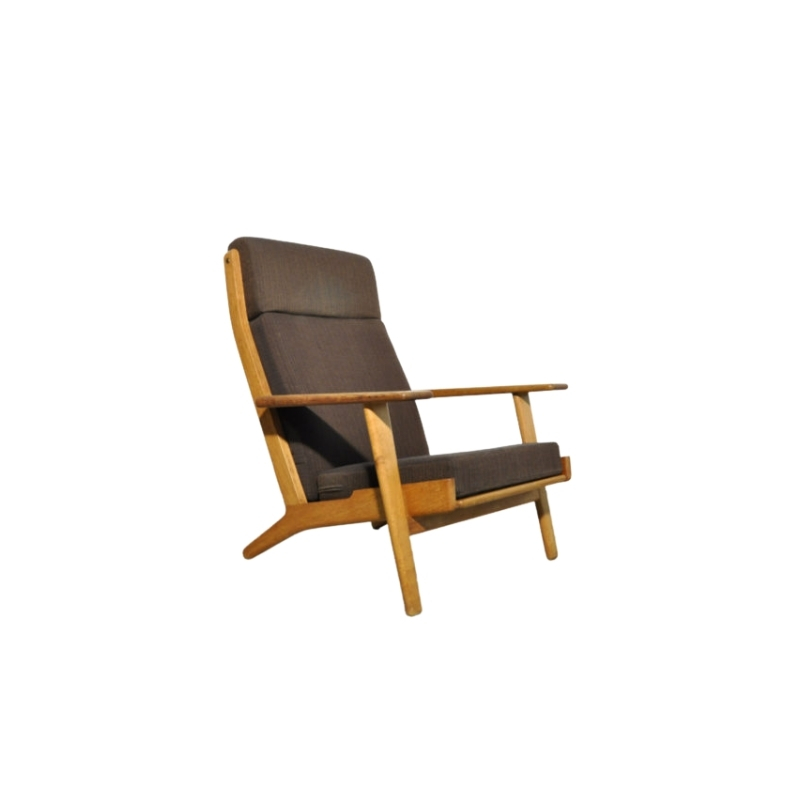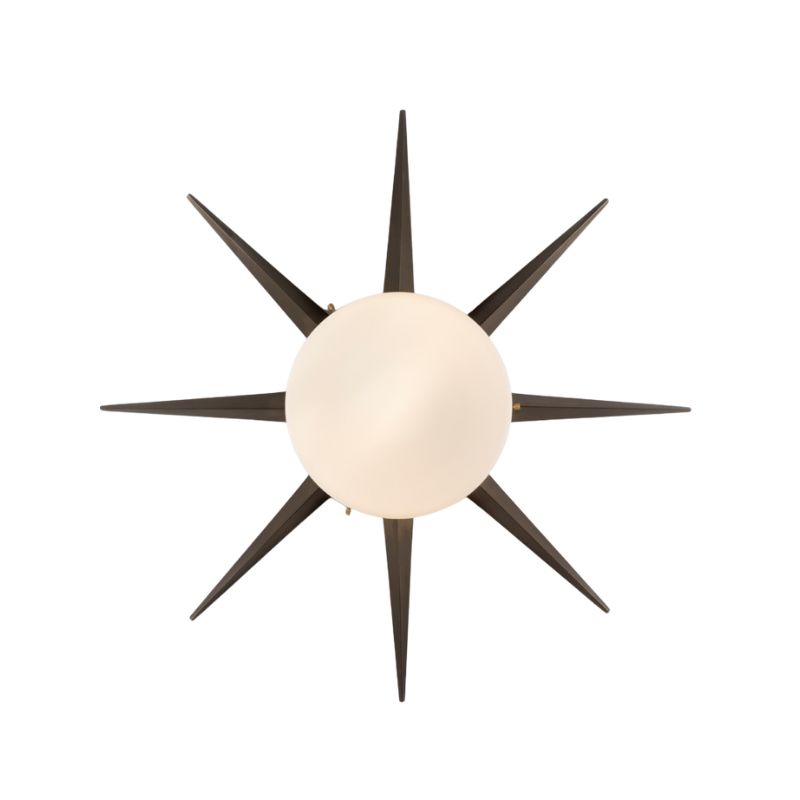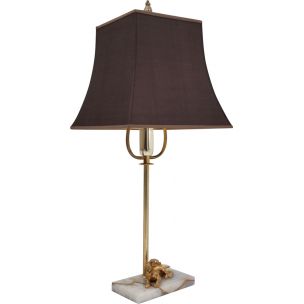I am a newcomer to the world of ceramics and have recently found myself increasingly drawn to such. In doing so I have realized that it is a vast and expansive art form full of history and complexities that I am just scratching the surface. As with time I will learn more and look forward to it. I found these 2 pieces today for an incredible deal of $7 a piece! I knew nothing about them when I bought them. I just really loved how they looked. I have since come to suspect the Raymor labeled piece might be by Bitossi? (judging by the 'BIT" on the label). The other being a Berte Jessen piece? I was hoping someone could shed some light on these lovely pieces. I found a little on the Jessen piece but nothing on the Raymor piece. Opinions? Critiques? Information? Anything at all! Thank you for your time....
Royal Copenhagen piece is...
Royal Copenhagen piece is part of the Tenera line. It was done contemporaneously with the Baca line. They are faience pieces (glazed earthenware). If I remember correctly, the top number is the design/glaze pattern and the bottom number the shape of the vessel, The beehive mark, instead of the three waves, means it was produced at their Aluminia factory. The X under the A can be used to date the piece to 1967
Bitossi/Raymor-...
Hello and welcome to the addictive world of collecting ceramics! I have been doing so for over 15 years now, and it is an itch that can never be scratched. I started out collecting 50s-70s Wirkkala/Rosenthal white porcelain and, after I had acquired most of his pieces, I found myself moving on to Thorsson faience pieces to unique pieces from Stig Lindberg, Berndt Friberg et al. I am now collecting unique pieces from contemporary British, Scandinavian and American ceramicists.
When collecting, it is very important to collect what you love. However, having said that, pay attention to condition. Production pieces, such as my Wirkkala, should be perfect with no defects. Since they were produced in quantity, it is relatively easy to find another if the first one you come across has a defect or is second quality. (The manufacturer during inspection picked up on a manufacturing defect and would not sell it as first quality. Oftentimes, intentional scratches are etched into the surface near or through the company's hallmark indicating second choice.) Condition also matters with unique pieces. Look for pieces with no chips, hairline cracks, significant scratches, manufacturing defects and heavy crazing. If you plan on eventually reselling any of your collection, condition can, no, will play a part in your getting price. Although having said that, if you come across a totally unique piece that you love from one of the great potters (You will learn who they are as you continue to collect) with a small production flaw, do not hesitate to buy.
By the way, do you happen to have a photo of the Raymor base?
One great site to check out is freeformsusa.com. This site has helped me become acquainted with a lot of important ceramicists over the years. I only wish that pictures of the ceramics' bases were displayed. That way, novice collectors could learn the potters' valid marks.
If you need any help, please contact us at – info@designaddict.com









